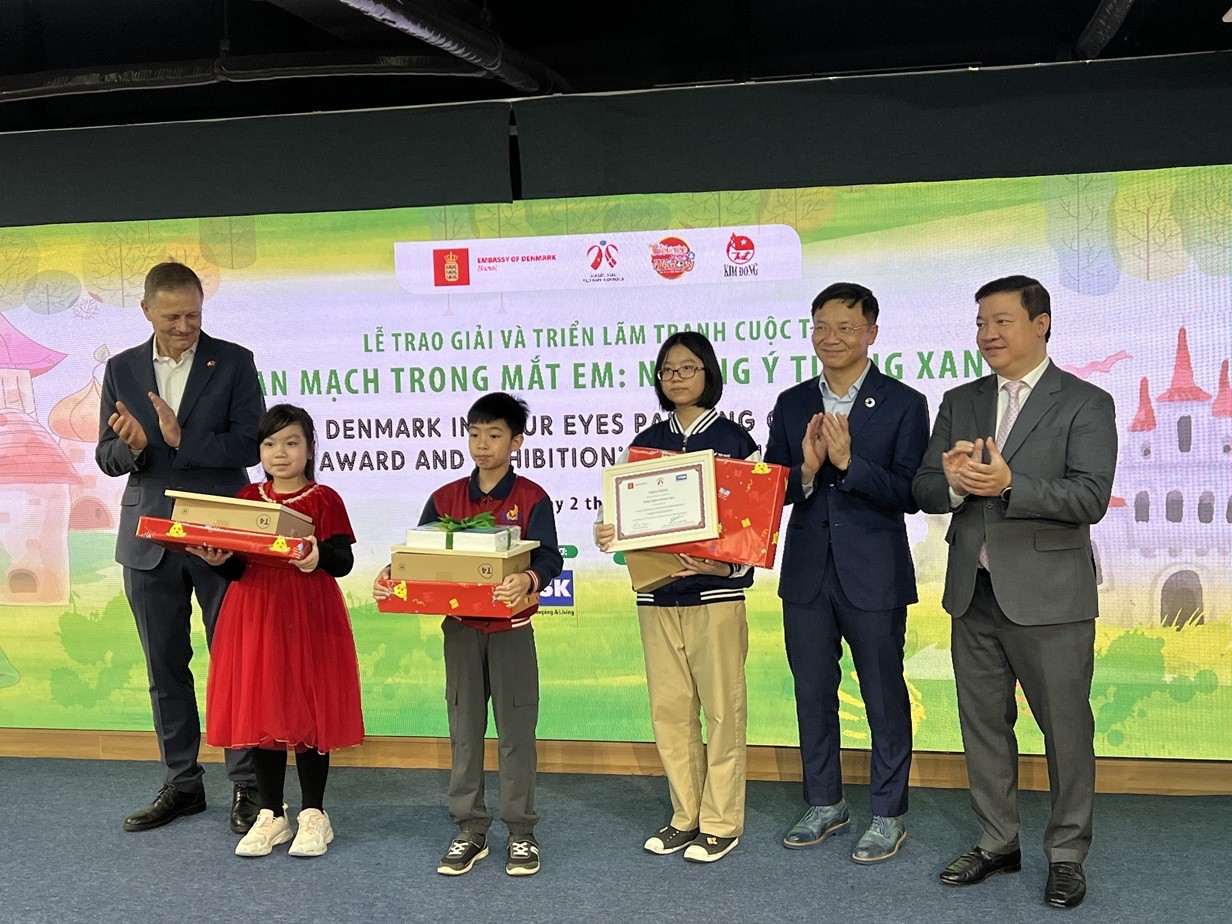New Vietnam Energy Outlook Report Shows the Way for Vietnam to Reach Net Zero Emissions in 2050
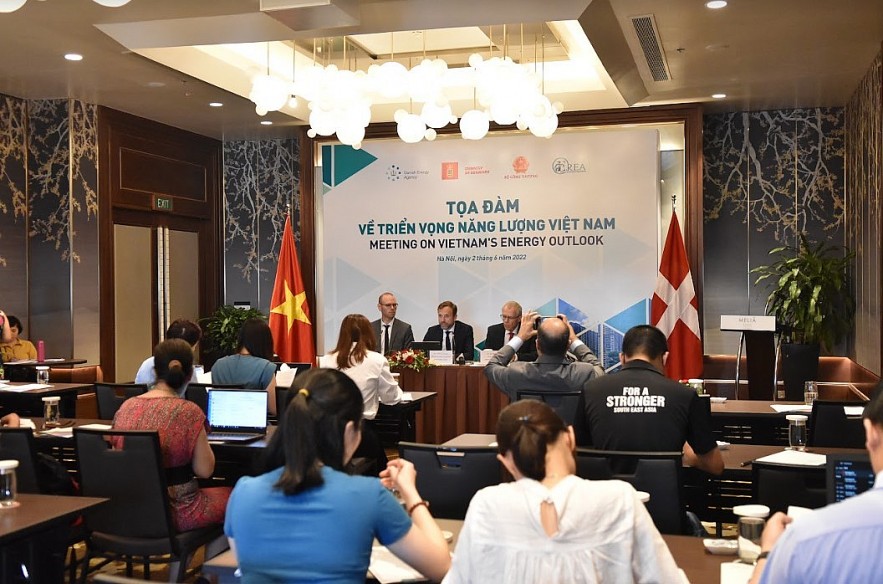 |
On 2 June in Hanoi, H.E. Mr. Kim Højlund Christensen, Ambassador of Denmark to Vietnam, and H.E. Mr. Dang Hoang An, Vice Minister for Industry and Trade, co-hosted a launching event of the Vietnam Energy Outlook Report 2021. The Vietnam Energy Outlook Report 2021 is the third in a series of outlook publications under the Danish - Vietnamese Energy Partnership Program, which is Denmark’s main contribution to Team Europe on Energy in this country.
The message of the Vietnam Energy Outlook Report 2021 (EOR21) is clear: there is a great potential for green transition in Vietnam, which by 2050 can become a net zero-carbon economy as set out by Prime Minister Pham Minh Chinh during COP26 in Glasgow. In details, the report provides mid- to long-term perspectives on possible development paths for Vietnam’s energy system towards 2050, guides policy makers and inspires deliberations on a green transition. Particularly, the EOR21 examines a scenario for Vietnam to reach the net zero emissions by 2050 and an in-depth study on the green transport sector with higher share of electrification and a modal shift towards collective means of transport which resulted in a significant reduction of CO2 emissions and air pollution.
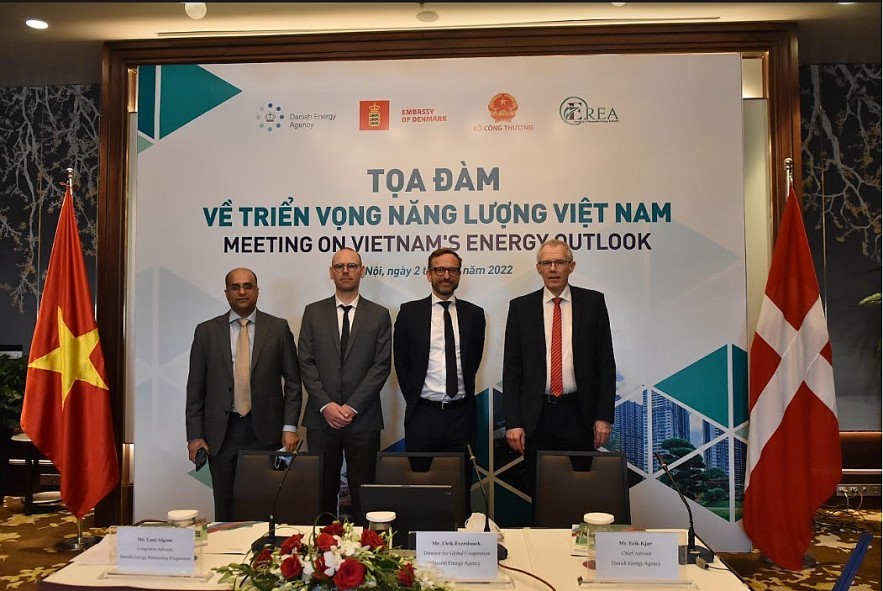 |
It is expected that the report will give concrete inputs to the implementation of Vietnam’s National Power Development Plan No. 8 (PDP8), the National Energy Master Plan, the Vietnamese Climate Change Strategy and other governmental plans and strategies.
"The EOR is developed with good data sources, using advanced models to calculate development scenarios for the power sector in particular and the energy sector in general, providing valuable information about short-term and long-term energy and power system development, in conformity with the Vietnamese Government's direction for sustainable energy development along with environmental protection and energy security", stated by Vice Minister Dang Hoang An at the Launch"
“Vietnam has already come a long way with its green transition, which Prime Minister Pham Minh Chinh’s net zero pledge at COP26 in Glasgow illustrates. With the Vietnam Energy Outlook Report 2021 developed in a close collaboration with the Vietnamese Energy Authorities, we aim to display how this target can be reached in time and at the lowest cost possible to the benefit of the country, its people and, not least, the global climate” said Mr. Kristoffer Böttzauw, Director General of DEA.
Potential for reaching the 2050-target of net-zero emissions
In recent decades, Vietnam has experienced average annual growth rates of around 7 percent in GDP and the growing economy has led to significant increase in energy consumption as well as in CO2-emissions. It is key for both Vietnam’s and the global green transition that the country, with a population of almost 100 million people, is able to decouple economic and energy consumption and turn its energy system into a more sustainable and green energy system by investing in renewable energy and energy efficient technologies.
‘Vietnam is an important partner for Denmark when it comes to green economy transition. We are happy to share with our local counterparts solid and well-proven Danish solutions, knowhow and best practices gained during the past 30 years to support Vietnam in realizing its great potential for green transformation and the country’s commitment to combat climate change and achieve net-zero by 2050 in the most efficient and just way.’ said H.E. Mr. Kim Højlund Christensen, Ambassador of Denmark to Vietnam at the launch.
With green transformation of the energy sector now being one of the top priorities as well as a prime demand, the EOR21 received a lot of attention and deliberations from Vietnamese sector policy-makers and managers, experts, academia and media. The report demonstrates how Vietnam through massive electrification of its industry and transport sectors along expansion of renewable energy technologies and ambitious national energy efficiency targets can secure a cost-efficient green transition and reach its target of net zero emissions in 2050.
Cooperation on offshore wind
Another key component in the future energy mix in Vietnam is offshore wind. With the PDP8, Vietnam will be starting a new industry for offshore wind. This will be quite different from existing near-shore and intertidal wind energy projects, which sometimes are referred to as offshore wind energy projects in Vietnam. Indeed, the new offshore wind industry will distinguish itself by both distance to shore, scale and technology.
Driven by larger and more efficient wind turbines, lower capital and operating costs, and other technology advancements, the price of electricity generated by offshore wind energy has come down globally, which is vital and a great incentive for the rapid and widespread of the industry.
Denmark has been a pioneer and a world leader in offshore wind energy since1991 when Denmark commissioned the world’s first offshore wind energy farm. Today, Denmark also takes lead on reducing cost of offshore wind power. An auction for a 1,000 MW offshore wind energy project completed by the end of 2021 set a new record and demonstrated the competitiveness of the technology, given conducive regulatory framework conditions.
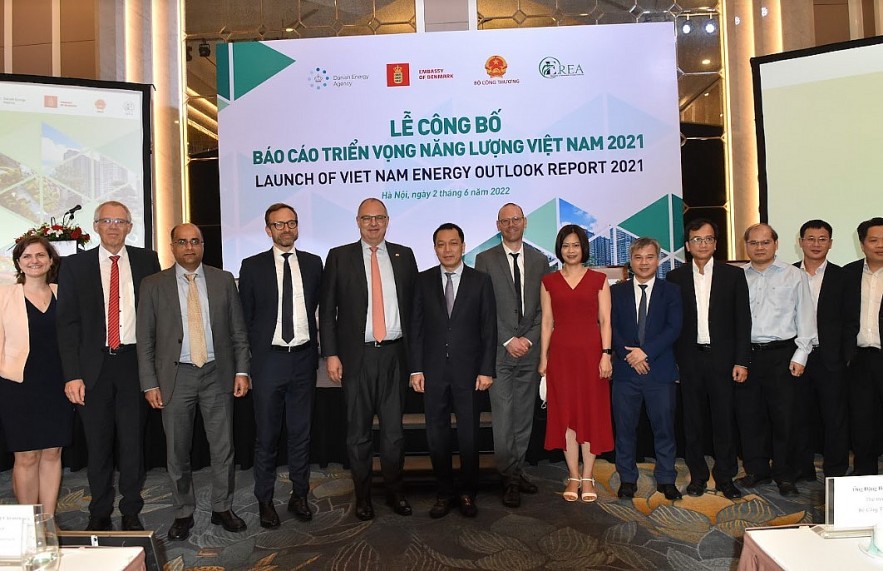 |
Following the launch of the EOR21, a workshop was held on the same day to address the question of how and when Vietnam’s new offshore wind energy industry can also benefit from these global price trends in well-established markets. At this workshop, Mr. Erik Kjær, senior expert of the DEA, shared the Danish experience in how long-term and stable policy can help to drive down the cost for offshore wind energy. Especially, he presented the most recent auction for 1,000 MW Thor offshore wind farm in Denmark that demonstrates offshore wind can compete with other power generation technologies on price without government subsidy. Some experienced global wind energy developers also gave their views on the best way forward for Vietnam. The workshop was attended by a broad range of officials, sector experts and private sector.
The benefits of bringing together authorities and investors in a transparent dialogue on appropriate risk sharing and design of a conducive regulatory framework is a key lesson learned from Denmark. Without the creation of competitive investment conditions in Vietnam, it may be difficult to attract the huge investments needed.
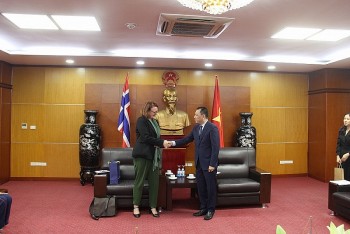 | Ample Room for Growth in Vietnam-Norway Energy Cooperation Vietnam and Norway have many similarities such as geographical advantages in terms of long coastline, creating favorable conditions for the development of fisheries and energy. |
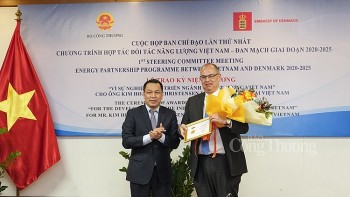 | Vietnam and Denmark Continue Close Cooperation in Energy Deputy Minister of Industry and Trade Dang Hoang An and Danish Ambassador to Vietnam Kim Hojlund Christensen co-chaired the first meeting of the Steering Committee ... |
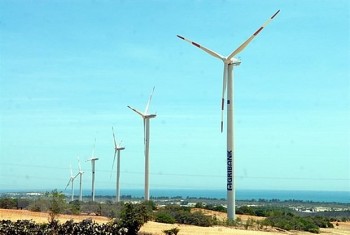 | Vietnam to Diversify Energy Generation Prime Minister Pham Minh Chinh affirmed Vietnam's priority on diversifying energy resources, focusing on clean and renewable energy. |
Recommended
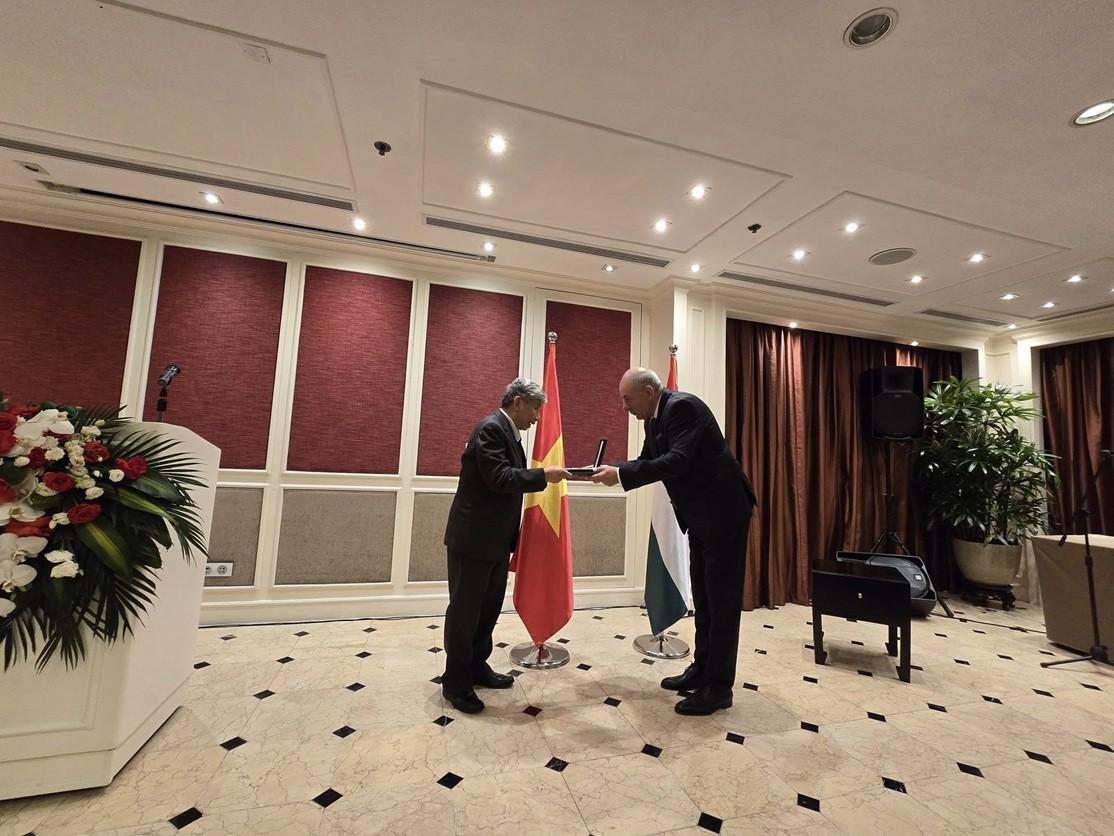 Friendship
Friendship
Dr. Vu Hoai Chuong Receives Hungary's Knight Cross Order
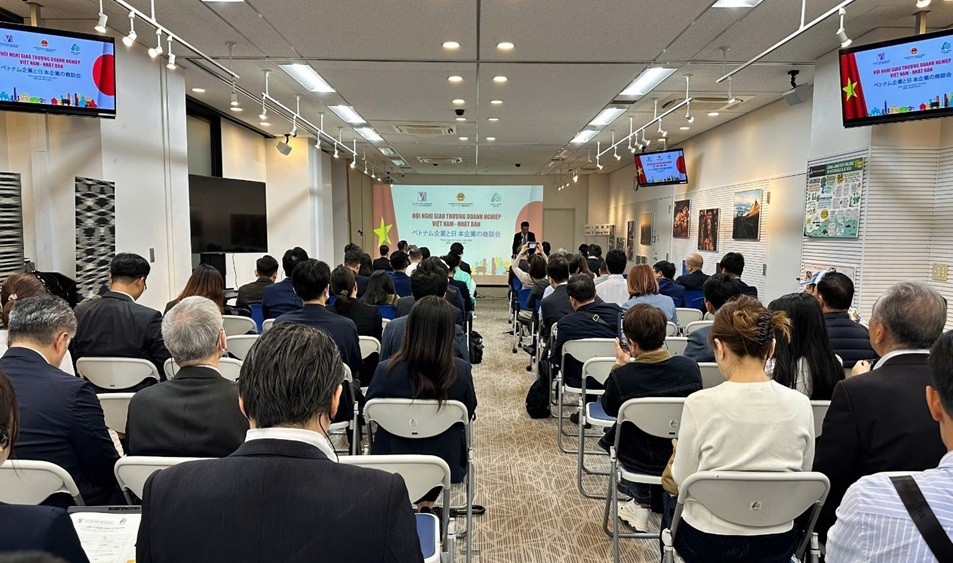 Friendship
Friendship
Promoting Vietnam - Japan Economic Cooperation
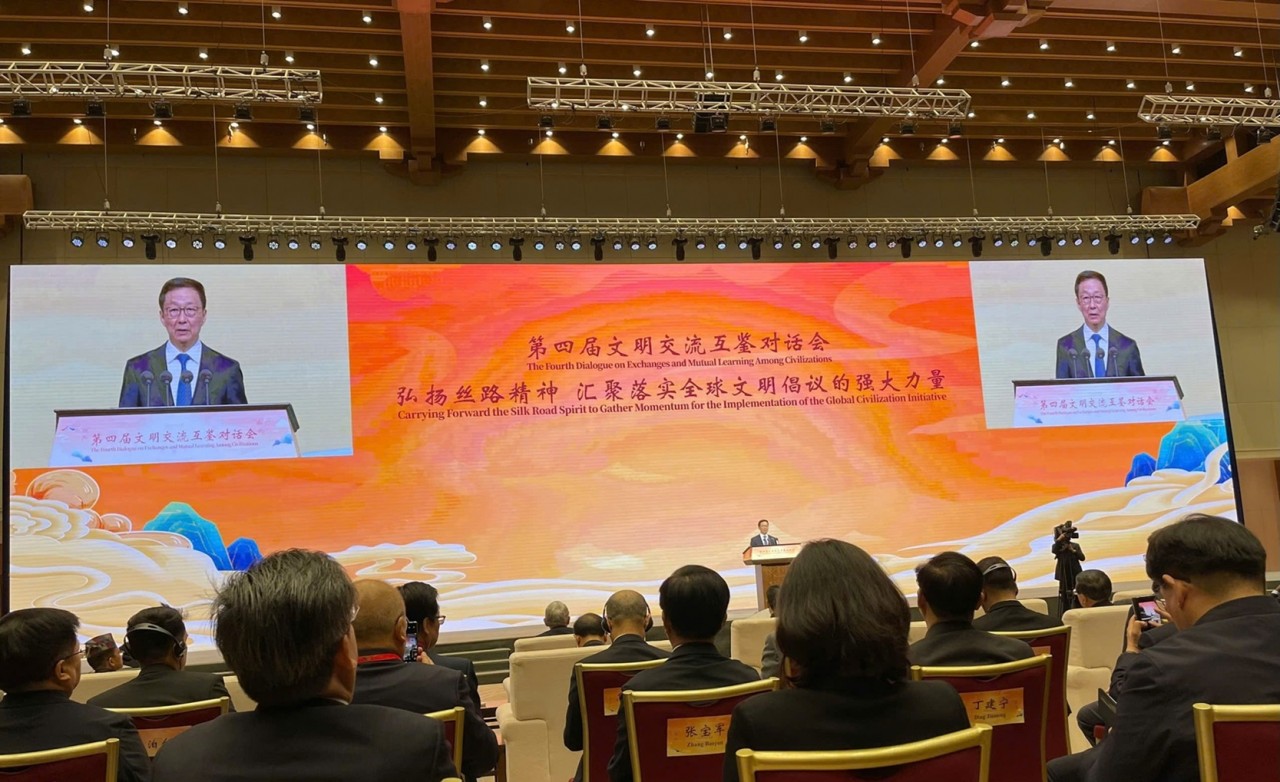 Friendship
Friendship
VUFO Attends Fourth Dialogue on Exchange and Mutual Learning among Civilizations
 Friendship
Friendship
COPI (US) Provides Free Medical Check-Ups for Nearly 1,000 People in Quang Nam
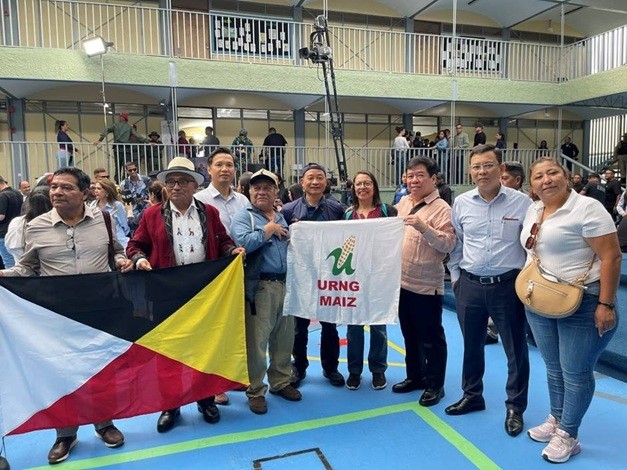 Focus
Focus
Strengthen Solidarity and Friendship Between Vietnam and Venezuela
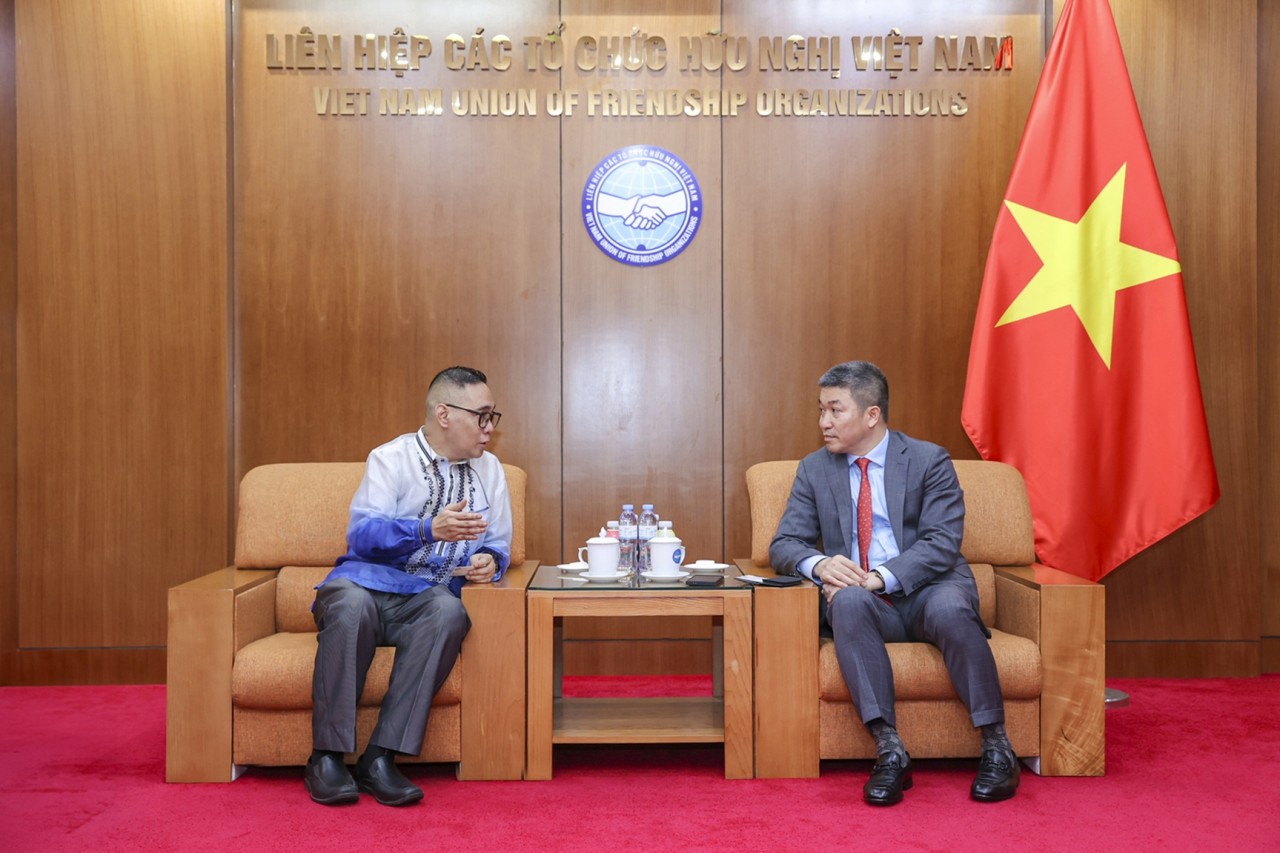 Friendship
Friendship
VUFO Supports Initiatives to Enhance People-to-people Exchanges between Vietnam and the Philippines
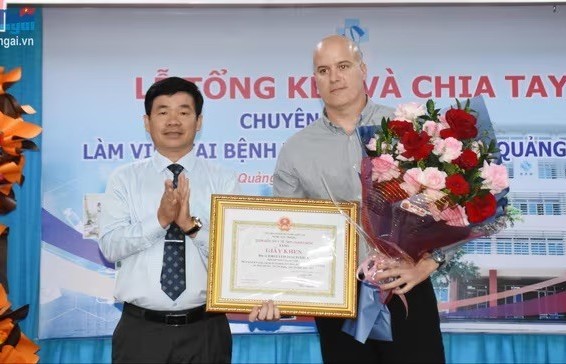 Friendship
Friendship
Quang Ngai Recognizes Cuban Health Experts' Contributions to Mother and Child Care
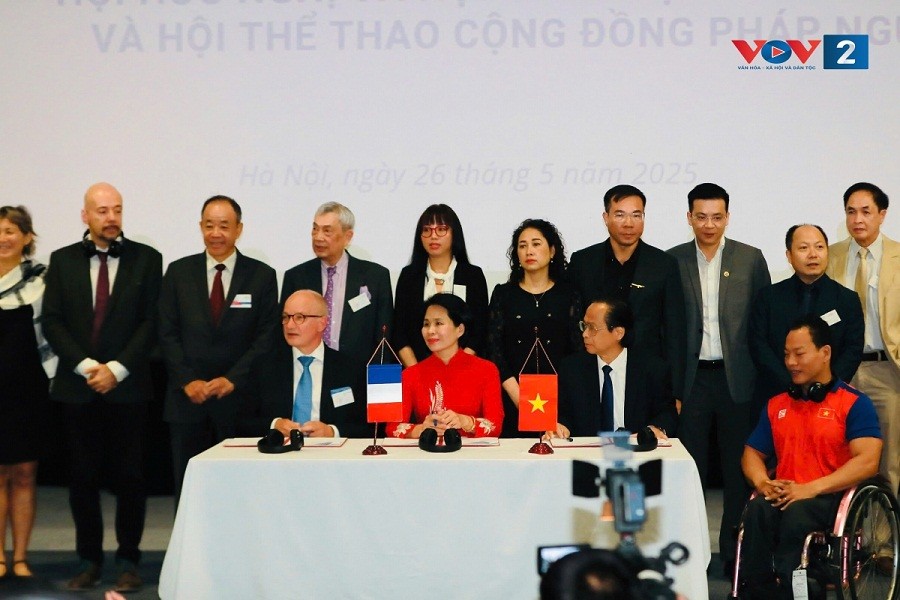 Friendship
Friendship

